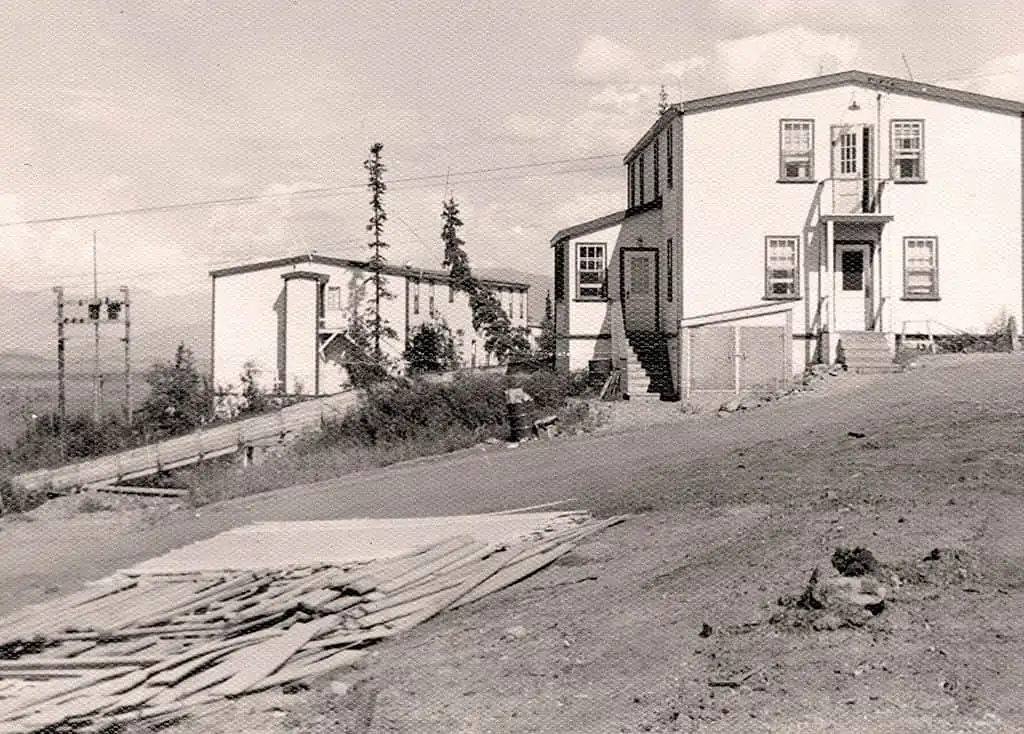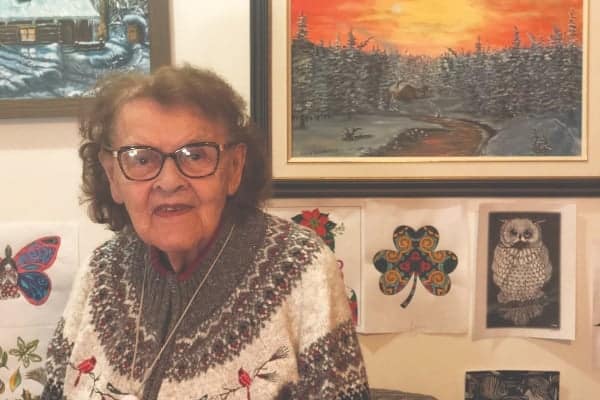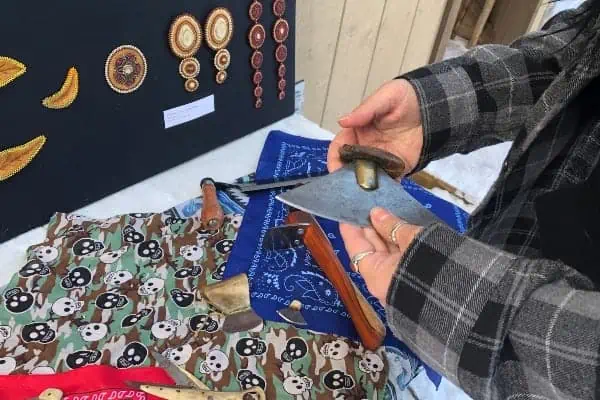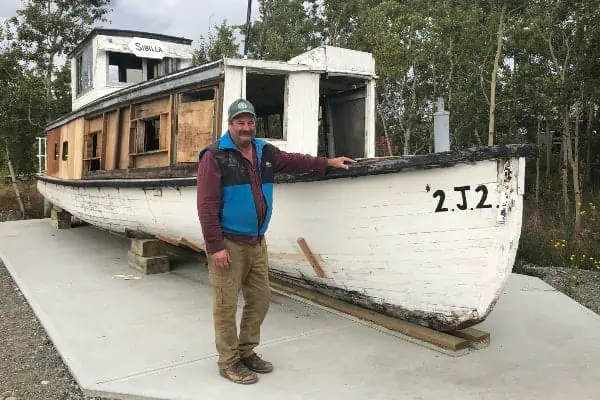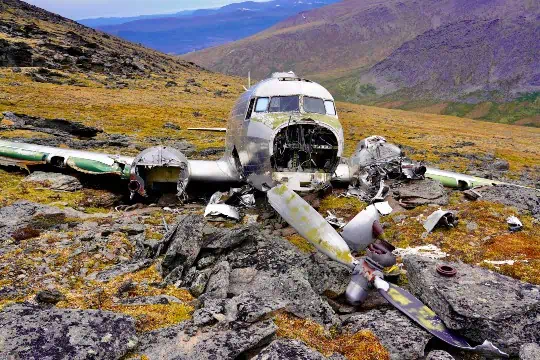The Hamlet of Elsa—a collection of homes and industrial buildings nestled into the Silver Trail at kilometre 97—transformed from a booming mining town in the 1960s to a ghost town in the 1990s. Today, it faces an uncertain future. But to Mike Mancini, it was the first home he knew as a child. It was where he rode his first bike and learned to ice skate.
“We really had a great time growing up there,” said Mancini. “There were a lot of kids around and it was like one big family. It was comfortable living and the mining company really tried to keep the families happy—there was a recreation hall, a movie theatre, a skating rink and a ski hill.”
As is the story of many communities formed to service a mine site, Elsa’s prospects rose and fell with the price of minerals. Its population swelled to 700 in the 1940s, drawing people from all over the world to work on the site. By 1953, United Keno Hill had become Canada’s second largest silver operation. Mancini was born in Southern Italy and was three years old when his parents moved to Canada and settled in Yukon, first at a transfer station at No Cash, then Calumet, and then Elsa a few years later. Mancini was six.
“What I remember the most is Christmas time—we would have plays at the rec hall and Santa Claus would come and bring us all toys,” he said. “And each year there was a Spring carnival that lasted a couple of days called the Mad Miners Muck Up.”
The story of Elsa begins long before Mancini was born. The area was prospected as early as the 1880s, and large deposits of silver lead ore were discovered in the region in the 1910s. The name came in 1924, when Charlie Brefault, also known as the “Lucky Swede,” staked a claim on Galena Hill and named it for his sister, Elsa. It’s said he could pick up pieces of ore “like potatoes” from the claim.
When Brefault’s luck ran out, Treadwell Yukon purchased the Elsa claim, and a community that took on its name grew around the entrance to the mine to support it and other mines in the area. Operations at Elsa expanded in the 1930s, when a mill was moved to the growing community to process ore. From the ‘30s to the ‘60s, tonnes of ore from the Silver Trail region was shipped to the south and the region became a mainstay of the Yukon’s economy.
By the time Mancini’s family arrived in the mid-1960s, the community was at its peak. When he turned 16, he started working odd jobs for the mining company, like painting fences, over the summer. After high school he worked at the mine for a few months before he went away to university. He came back each year to work a variety of jobs over the summers—in the mill, in the mechanical shop, carpentry shop and in the blacksmith shop.
“If you were interested in any of the trades they would train you,” he said. “I saw working at the mine as a great way to make money, but when I was growing up I always wanted to leave Elsa and see the rest of the world.” And he did leave. After nearly a decade of low silver prices and steady losses, United Keno Hill shuttered its operations in 1989, and the once-booming community of Elsa emptied as workers moved elsewhere to find jobs. “Families were raised there and when it shut down everyone was in shock,” said Mancini. “It was our home.”
After the mine shut down, Mancini spent years in southern B.C., but was drawn back to the Yukon in the 1990s, when he inherited some cabins from a friend. He returned to live in Keno and start over. He helped expand and run the Keno City Mining Museum, which tells the stories of the people who mined in the Silver Trail region.
“We really tried hard to keep the memories and the history alive in the area. It’s vital now more than ever to try and save as many buildings as possible,” he said. “I lost my parents when they were quite young, and the days growing up in Elsa were great memories for me—those were some of the best times of my life.”
Today, Mancini owns two snack bars and divides his time between Keno and Mayo. On the way back and forth between the two places, he drives by the shuttered remains of Elsa.
“I have mixed feelings. I’ve slowly watched it deteriorate and I have watched them bulldoze some of the old buildings that I grew up with and I was familiar with,” he said. “I am seeing the end of what was a big part of my life.”

